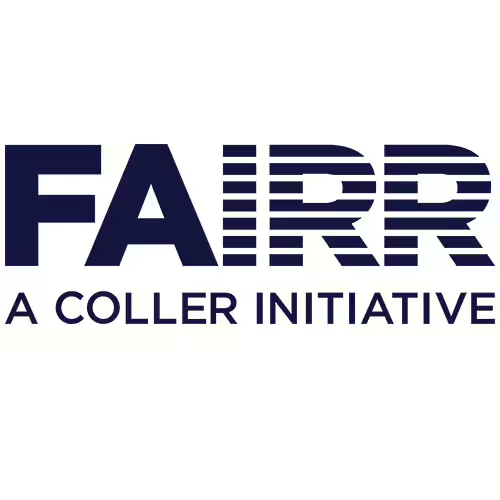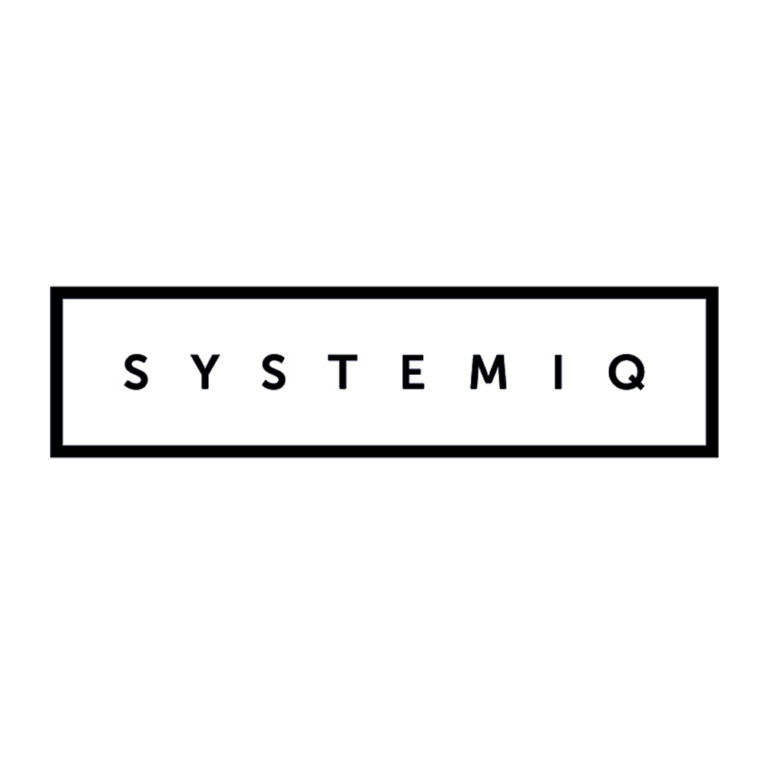
Partners operating in the ecosystem united
Leading private sector actors and partners are increasingly taking action and calling for a holistic approach to regenerative agriculture that encompasses environmental, social and economic outcomes.
Our collective vision for regenerative agriculture includes 11 cross-sectoral outcomes, aligned with key sustainability frameworks, planetary boundaries and UN SDGs.
This approach accelerates regenerative agriculture among stakeholders, strengthens corporate accountability, enhances supply chain resilience and enables financing that supports farming communities.
Convened by WBCSD and OP2B, this initiative brings together an unprecedented group of 52 businesses and 33 partner organizations to converge on outcomes and robust, credible metrics for regenerative agriculture.












Regen10: This collective effort aims to foster alignment beyond the private sector, with the wider stakeholder space through the Regen10 initiative where WBCSD leads the private sector engagement. Visit Regen10.org to find out more.
We call for a holistic approach to regenerative agriculture that encompasses three categories: environmental, social and economic outcomes at farm, landscape and corporate ESG levels.
There is alignment on core regenerative agriculture metrics for Climate, Water and Biodiversity, in line with key sustainability frameworks and reporting and disclosure standards.
Organizations support and recognize them as decision-useful and key to quantify progress.
However, we recognize that there are feasibility gaps that we need to address to quantify progress against these eleven outcomes and that we need to retain flexibility to allow for context-specific approaches for their quantification.
There is alignment that data collection and reporting guidelines need to be shared across different stakeholder groups.
There is less consensus among stakeholders on how to measure outcomes related to soil health and farmers’ well-being due to context-specificity, feasibility of data collection and limited metrics in reporting & disclosure frameworks. WBCSD will continue to facilitate the system-wide transition to regenerative agriculture as part of a broader drive for corporate performance and accountability on climate, nature and equity as well as action at the landscape level and an enabling environment.
WBCSD will continue to facilitate the system-wide transition to regenerative agriculture as part of a broader drive for corporate performance and accountability on climate, nature and equity as well as action at the landscape level and an enabling environment.